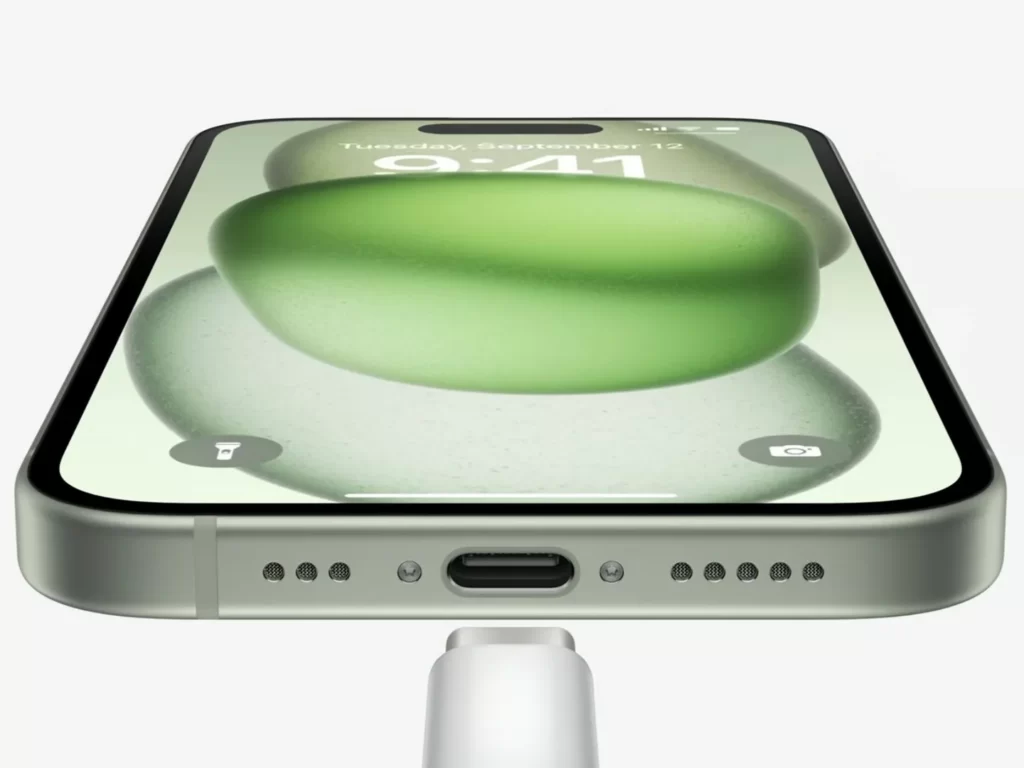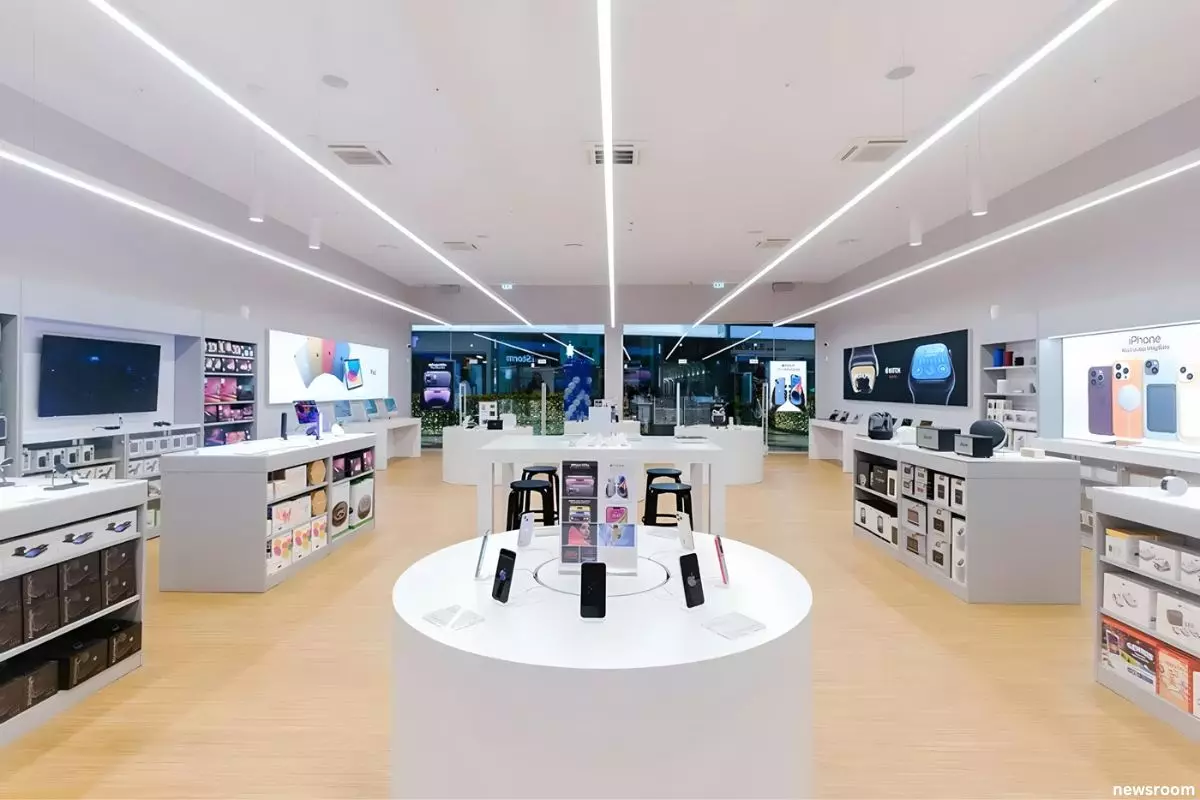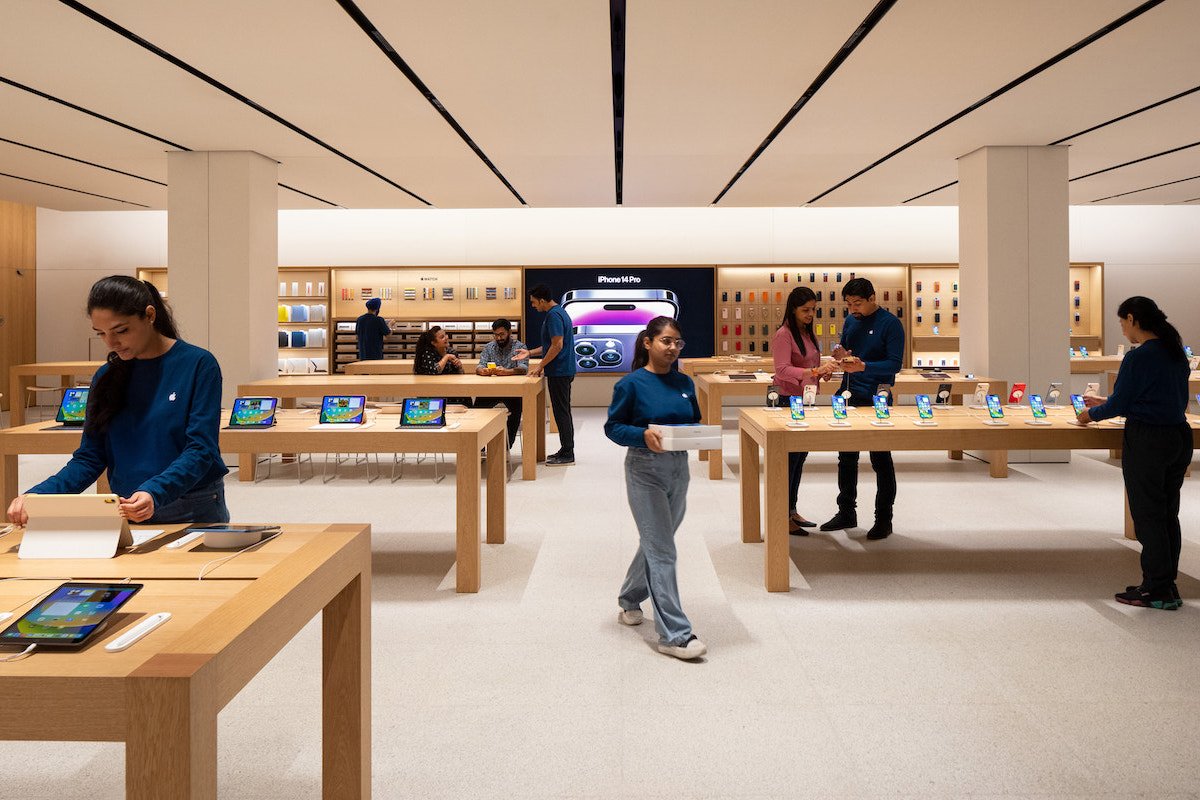Cupertino, California – Apple has unveiled the highly anticipated iPhone 15 and iPhone 15 Plus, marking a significant change with the adoption of a USB-C port instead of the proprietary Lightning connector. This shift comes in response to the European Union’s forthcoming regulations. The iPhone 15 is set to be the first in the iPhone lineup to embrace the widely used USB-C standard.

The iPhone 15 is priced starting at $799 for the 128GB model, while the iPhone 15 Plus starts at $899 for the 128GB variant. Both models are scheduled to become available on September 22nd, with preorders commencing this Friday. While the transition to USB-C is a major development, those anticipating a radical redesign of the iPhone will need to wait a bit longer. The iPhone 15 maintains a design largely reminiscent of its predecessor, the iPhone 14, retaining the 6.1-inch display for the iPhone 15 and the 6.7-inch screen for the iPhone 15 Plus. Additionally, all iPhone 15 models feature the Dynamic Island, a pill-shaped cutout introduced in the iPhone 14 Pro and Pro Max, offering a novel approach to view specific notifications and engage with apps.

The iPhone 15 boasts an OLED Super Retina display, supporting Dolby Vision content and featuring an impressive 1,600 nits of brightness, with peak brightness reaching 2,000 nits when exposed to sunlight—twice that of the iPhone 14. One of the most noticeable enhancements to the iPhone 15 and 15 Plus, aside from the switch to USB-C and the Dynamic Island, is the upgraded camera system. The primary camera sensor has been elevated to a 48-megapixel resolution, a significant increase from the 12-megapixel sensor found in the iPhone 14. Additionally, a 12-megapixel ultrawide lens is now capable of telephoto functions, and improvements to the portrait mode eliminate the need for manual switching.
Apple has also refined night mode, Live Photos, and action mode within the iPhone 15’s camera system. For selfie enthusiasts, the front camera now features autofocus and portrait lighting. Internally, the iPhone 15 receives an upgrade with the A16 chip, mirroring the chip found in last year’s iPhone 14 Pro models. Apple pledges “all-day battery life” with the iPhone 15, thanks in part to a larger battery.
The iPhone 15 also incorporates a second-generation ultra-wideband chip, akin to the new Apple Watch Series 9, enhancing connectivity to devices over greater distances. It also enables precision finding in Find My, simplifying the process of locating friends who possess the latest iPhone 15 models.
This release follows the pattern of last year’s iPhone 14, which preserved much of the iPhone 13’s design. Notably, the Mini option was omitted last year. A significant addition was the Emergency SOS feature, an emergency messaging system that operates via communication satellites when outside the range of cellular signals.
In conjunction with the new iPhone 15 models, Apple is launching the Apple Watch Series 9, featuring an upgraded chip with enhanced GPU performance, a second-generation ultra-wideband chip, a “double-tap” feature, and various other improvements.
Apple bends to EU pressure on USB-C Port

The new iPhone 15 represents the first departure from Apple’s proprietary charging port since 2012. The USB-C cable, already compatible with numerous Apple laptops and iPads, will now extend its functionality to new versions of Apple’s AirPods Pro earphones and wired EarPods headphones.
While the shift to USB-C aligns with EU regulations, concerns have been raised about the potential increase in discarded cables in the years ahead.
In response to these environmental considerations, Apple used its launch event to make several sustainability commitments related to its new devices. For the first time, the new Apple Watch range will be carbon neutral. Additionally, Apple will increase the use of recycled materials in batteries and other components of both the new Watch and iPhone models.
Furthermore, Apple pledged to eliminate the use of leather in all its accessories and aims to achieve carbon neutrality as a company by 2030.
Apple CEO Tim Cook emphasized the quality and capability of the iPhone 15, stating that it represents “the best and most capable iPhones we’ve ever made.”















